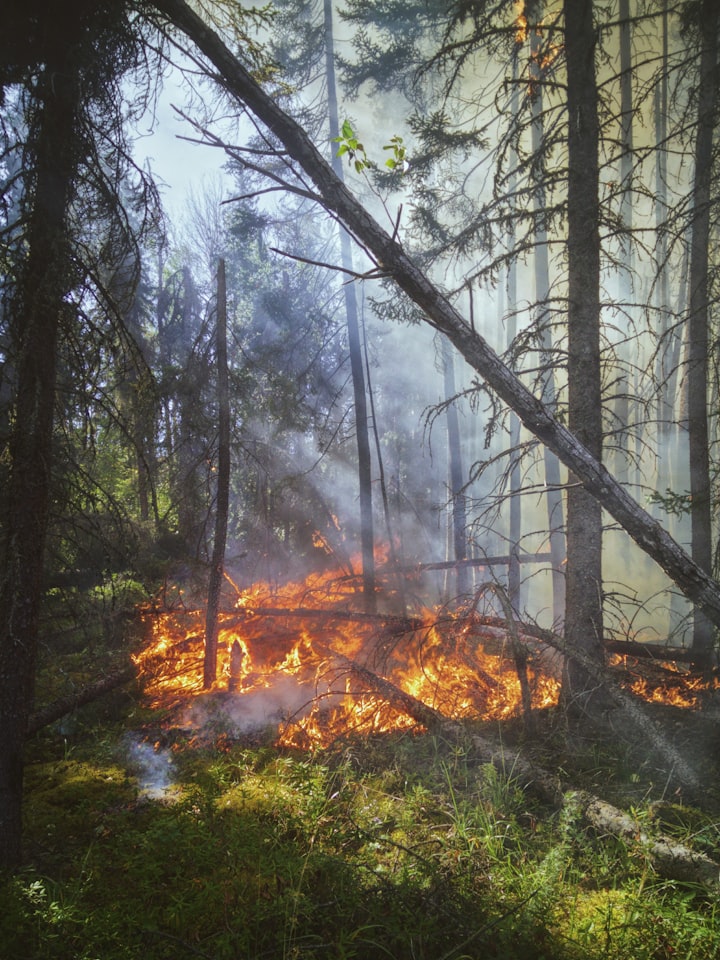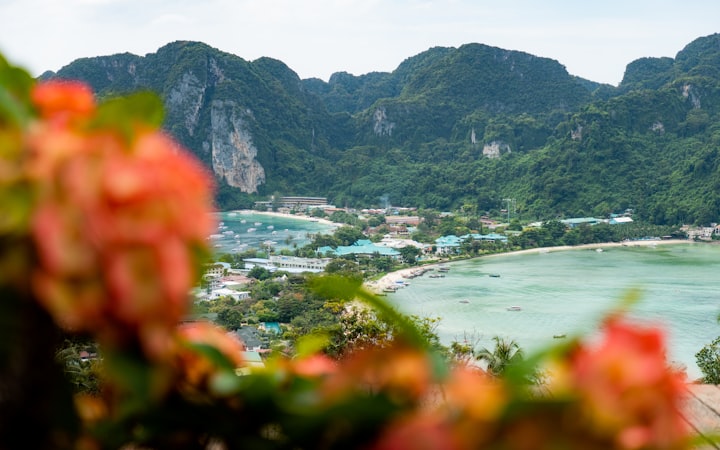What did human probes dive into the Marianas Trench, more than 10,000 meters deep, and what exactly did they find?
Human probe dives over 10,000 meters into the Marianas Trench

Often the more mysterious a place is, the more attractive it is. As the largest trench on earth as well as the deepest place, the Marianas Trench is just as attractive to people.
What is waiting to be discovered in the depths of more than 10,000 meters?
Due to the harshness of the environment, the exploration and understanding of it are currently very limited.
More than 10,000 meters, extremely high horrible water pressure, unusually cold and dark environment, lack of food resources, very thin oxygen, although it is inside, hidden many mysteries, the Marianas Trench is still the world's worst place.
Peculiar creatures of the deep sea
The types of creatures at such depths are already not quite the same as we usually know. Because of a long time in the horrible high-pressure, dark environment, their appearance is also different from our common marine life, some can be described as "grotesque".
In the early 1960s, scientists aboard a submersible diving the Marianas Trench, through testing, found that the bottom of the Marianas Trench pressure, even reached 1100 atmospheres, but, by accident, here, the hair of the red shrimp and flounder swimming figure. Since then, in the Marianas Trench, many other creatures have been found one after another, but also in the water layer below 8000 meters, the discovery of unknown creatures.
Dumbo octopus
Although its name with "octopus", it is not an octopus, but a very soft, cute appearance of mollusks, in the Marianas Trench 4800 meters deep, you can find the Dumbo octopus figure, their main food is crustaceans and hairy marine life, at the same time, in the dark underwater, they because They also secrete a lot of mucus, and when the food is close, it will be stuck to them and they cannot escape.
Deep-water sea hareAlthough the name is called "sea rabbit", they are not sea rabbits, but a kind of snail, but different from our common snails, their shells have been degraded, and look like mollusks in general. The most interesting thing is that they can be hermaphroditic, and then according to the color of the water plants they eat, change their body color at will, let's say they eat into the purple water plants, they will become purple.
Lionfish
They are also the same, although the name with the word "lion", but not at all ferocious, and very soft, and no fish scales, looks like a white "baby fish", they live in the sea 8000 meters below the surface of the In the sea, because of the high pressure, their skeletons are almost transparent, it seems to be full of water as if the ocean is integrated into one.
Today, the exploration of the Marianas Trench continues, and scientists have repeatedly found many interesting things in it, for example, a beautiful "Haitian garden" was found there. However, the impact of marine debris in the Pacific Ocean is now increasing the number of microplastics in the Marianas Trench, which makes us feel worried about these amazing marine creatures.
Water in the depths of the Mariana Trench
By further lowering the temperature and increasing the pressure, the gravitational force between water molecules will be greater, the thermal motion will be weaker, and the molecules will appear to be regularly aligned together, although there is still irregular motion of the molecules, mainly in a fixed position (lattice) near a smaller amplitude of vibration, and no obvious mobility, the water, in this case, is solid.
The water in the depths of the Mariana Trench is still liquid.
The oceans of the Earth are composed of liquid water, so the water in the Marianas Trench is still liquid, but this liquid water is a little different, the fourth form of water, is called "supercritical water". (Supercritical water: is when the air pressure and temperature reach a certain value, due to high temperature and expansion of the density of water and water vapor due to high pressure and compression of the density of the same water, at this time there is no difference between the water liquid and gas, completely fused, becoming a new, showing a high pressure and high-temperature state of the fluid).
In fact, "supercritical water" is also "liquid water", and the formation of this water needs to meet the high temperature and pressure. The bottom of the sea is generally cold, although the Marianas Trench is more than 10,000 meters to meet the high pressure, the high-temperature sea floor is how it is.
Scientists have found that the depth of the Marianas Trench is not only the weakest place of the Earth's crust but also the closest place to the mantle. In the internal structure of the Earth, the mantle is where all the magma is produced, which is why the ambient temperature in the depths of the Marianas Trench is kept at a high temperature, even more than 400 degrees Celsius, so it meets the conditions of high temperature and pressure required for supercritical water.
As for the temperature of the Marianas Trench, in 2012, Hollywood director Cameron took the Deepsea Challenger for a two-hour dive to the depths of the Marianas Trench, where the measured seafloor temperature was 4°C.
The discovery of supercritical water has led more scientists to believe that there was a large amount of supercritical water at the bottom of the sea in the early days of the Earth, so life in the early days of the Earth was nurtured by the Earth itself, and the birthplace was the ocean.
Scientists also found through research that supercritical water has two significant characteristics: 1. has a strong reactive activity that is an extremely strong oxidation reaction; 2. can be mixed with oil and other substances, with a wide range of integration capabilities.






Comments
There are no comments for this story
Be the first to respond and start the conversation.